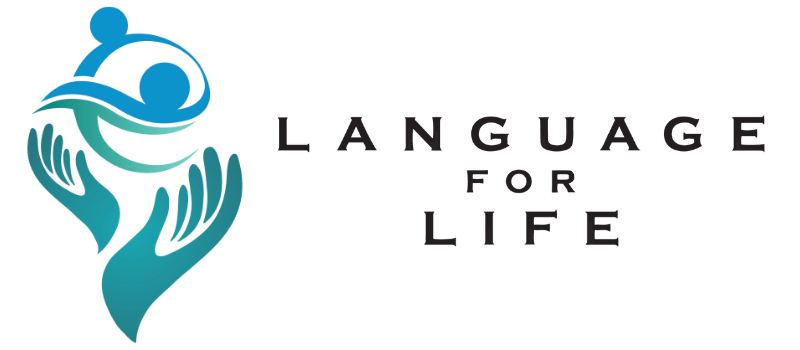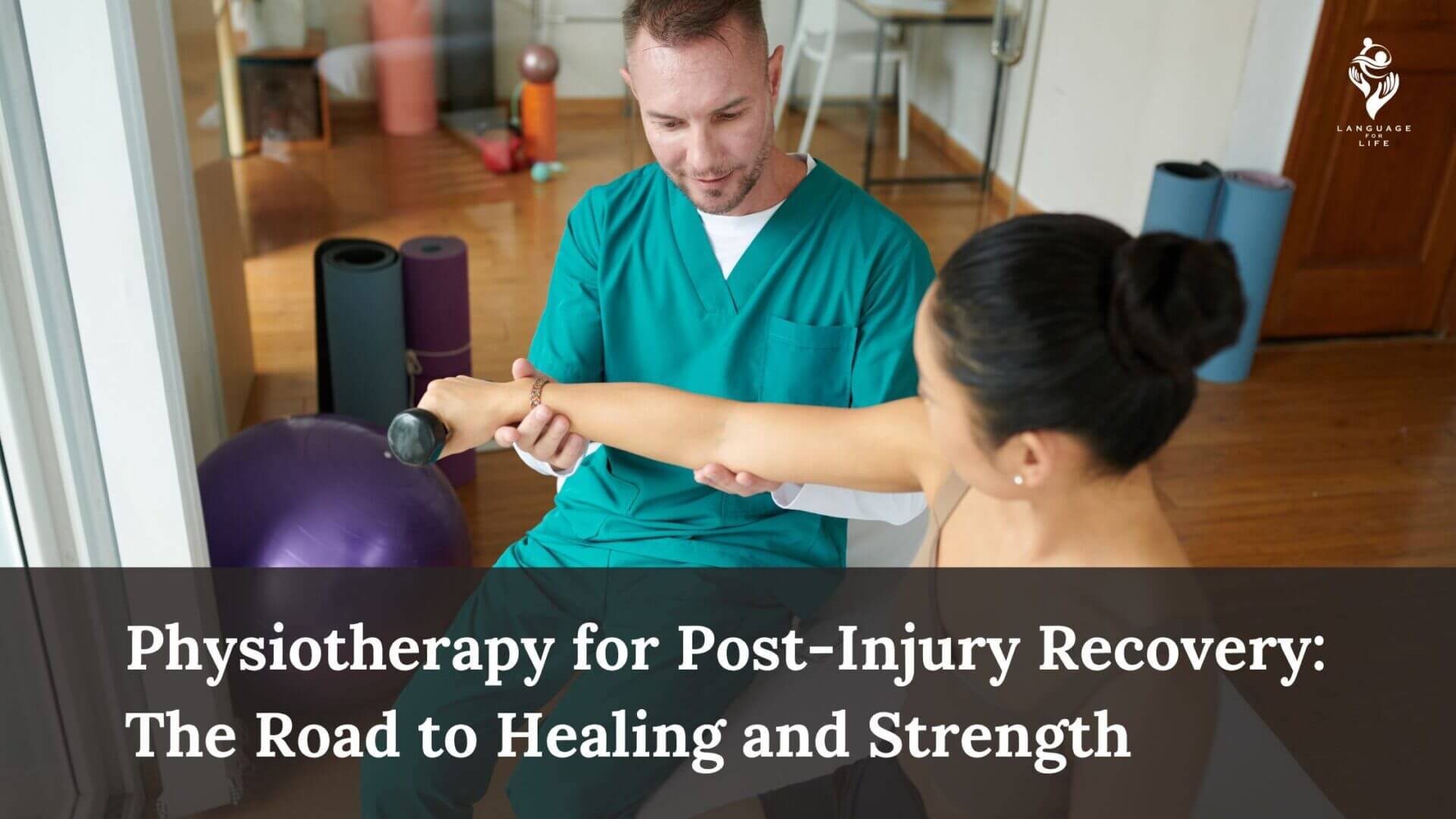Whether you are an elite athlete, an active child or going about your daily life, injury can happen to anyone, at any time. Healing from injury can be a long and arduous process that involves much more than just downtime. Improving on this process is based on physiotherapy due to its patient- centric approach encompassing overall healing, improved mobility and reestablishment of lost strengths. This serves to fast track complete recovery while simultaneously minimising chances of any further injuries. Physiotherapy is an essential part of post-injury recovery and a game changer in the journey to healing.
The Importance of Early Intervention
The natural instinct after an injury is to simply rest. Although rest is important, remaining still for long periods of time can stall the recovery process. This is where physiotherapy plays a pivotal role as immediate intervention with proper physiotherapy allowing the site of injury to move safely and in a controlled way.
It helps to prevent stiffness, and enhances blood circulation which further reduces the pain. Physiotherapists evaluate the damage and make individualised protocols that encourage healing without making the injury worse. This delicate movement of rest and motion is essential. A properly designed physiotherapy program can lessen inflammation, improve flexibility and progressively restore function.
A Holistic Approach to Recovery
Physiotherapy is not a uniform solution. It deals with the whole body and not just where the injury is. Physiotherapists use a variety of exercises, manual therapy, and modalities like ultrasound or electrical stimulation to treat the source of injury as well as correct overall body balance and functionality. This holistic strategy ensures recovery in every aspect of the body.
Managing Pain and Reducing Dependence on Medication
The pain that results from injury can be literally crippling, and when it comes to dealing with this form of pain, most people go directly to medication. But the long-term use of drugs also produces undesired effects. Treating injuries naturally and effectively is a way to manage pain but seeking guidance and support is essential. Therapists employ methods such as; massage, mobilisation and stretching to manage pain. Repeating any of these remedies multiple times a day can speed up pain relief and address the root cause of the issue, promoting faster recovery. So, a physio could work to make the muscles around an injury stronger, taking stress off of the joint, which reduces pain and makes things move better. Movement and therapy to address pain often bring patients from high doses of pain medications, down to very little or more commonly, no medication.
Restoring Mobility and Flexibility
It is normal to face stiffness post-injury and mostly when immobilisation such as brace or cast was needed. If the active treatment process is delayed, muscles and joints may lose their range of motion. It is here that physiotherapy has an important role to play in recovery.
Physiotherapists will do a combination of focused stretches, exercises and manual work to try to improve flexibility and mobility. The important thing, however, is working slowly. With the long and careful process, the patient gains some movement and adds to himself/herself without getting further injury.
Strengthening and Rebuilding
The outcome of injuries sometimes results in contraction and wasting of muscles as they regain their normal size. Whether it is an ankle sprain or a broken arm, the muscles around the injured area become less developed because the area doesn’t get used during the period of rehabilitation. This also entails physiotherapy in which the affected muscles are over time reinforced to support the body again.
Usually, strengthening exercises are applied step by step. For instance, the individual who was injured in the shoulder will have to progress to the resistance bands, and basic weights as part of an intermediate exercise regime.
Injury Prevention and Education
Physiotherapy isn’t about rehabilitation only, but it is also about the prevention of future injuries as well. Patient awareness is well implemented in physiotherapy as the main role of the physiotherapist is to teach the patient about his/her body and how to use it. Physiotherapists also educate their clients on correct body posture, how to lift objects and perform movements that strengthen the muscles of the trunk and back. This education prepares patients for the need not to re-injure themselves and how to manage the future health needs.
Paediatric Physiotherapy: Children require special care when they are in the process of healing from injuries. With youngsters, there is usually the concern that the bodies assist in development but we need to bear in mind that children’s bones and joints are still developing.
Adolescent Physiotherapy: Sports practising adolescents may require additional intervention and may require a program that will help them regain or at least keep up with the body condition required for their practice.
Geriatric Physiotherapy: Patients who are elderly and are nursing minor injuries require a slow process, which does not exacerbate their current ageing process, density and possibly fall-prone bones.
Finally, physiotherapy is critical for efficient post-injury recovery because it provides tailored treatments that aid in mobility restoration, pain relief, and the prevention of future issues. Physiotherapy promotes long-term strength and functionality by emphasising safe, controlled movement and improved circulation. For patients recuperating from an accident, prompt and appropriate physiotherapy can make a big difference in attaining a complete and long-term recovery.

